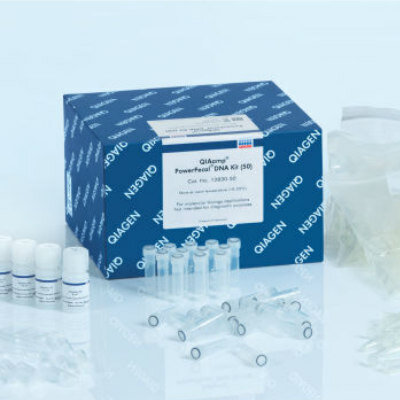ApoB Test May Be More Accurate Measure of Heart Disease Risk
|
By LabMedica International staff writers Posted on 14 Aug 2024 |
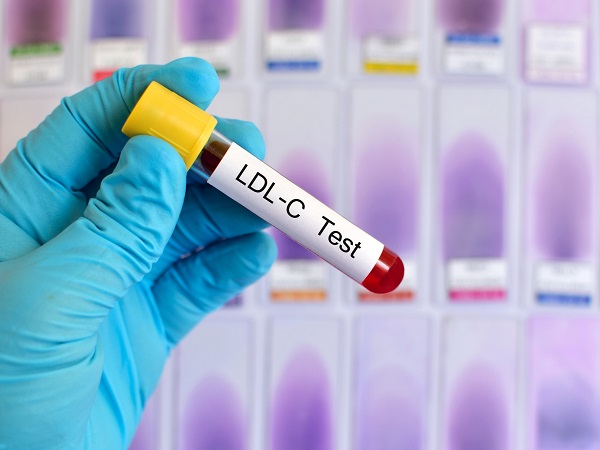
Various cholesterol particles are associated with heart disease risk, including low-density lipoproteins (LDL), very low-density lipoproteins (VLDL), and intermediate-density lipoproteins (IDL). LDL-C specifically measures the weight of cholesterol within LDL particles and is commonly used to assess cholesterol risk. Each LDL, VLDL, and IDL particle contains a single protein on its surface known as apolipoprotein B (apoB). Previous research has demonstrated that the quantity of these "bad" cholesterol particles, which can be quantified through a blood test for apoB, serves as the most precise indicator of cholesterol risk. Current health guidelines, however, do not universally recommend apoB testing; typically, only LDL-C levels are measured, which do not account for the total number of LDL particles. Now, a new study reveals that standard lipid panels might not fully capture the risk of cholesterol-related heart disease. According to the findings published in JAMA Cardiology, measuring only LDL-C may fail to identify individuals with elevated levels of apoB.
Since cholesterol particle weight can differ from one individual to another, measurements of LDL-C and apoB do not always correlate. Discrepancies between apoB levels and LDL-C estimates are referred to as "discordant." Situations where individuals exhibit low or seemingly normal LDL-C levels but have high apoB levels can provide a false sense of security. This is more frequent among individuals with metabolic risk factors like obesity, diabetes, or high triglycerides. However, discordance can also occur in metabolically healthy individuals. In the study led by UT Southwestern Medical Center (Dallas, TX, USA), researchers analyzed data from the National Health and Nutrition Examination Survey (NHANES) encompassing 12,688 adults from 2005 to 2016, which included their apoB, LDL-C, high-density lipoprotein cholesterol (HDL-C, or “good” cholesterol), total cholesterol, and triglyceride levels.
To determine discordance for each participant, researchers computed the variance between the actual and expected apoB levels based on LDL-C. Not surprisingly, apoB levels in participants with metabolic risks were typically higher than anticipated. Nonetheless, even some metabolically healthy individuals had significant deviations in apoB from what was predicted. By adhering strictly to U.S. guidelines, physicians might overlook individuals who are at an elevated risk of developing atherosclerosis despite having normal metabolic health markers. The study introduces an online calculator allowing the public to estimate their apoB levels from their LDL-C scores. A higher-than-expected apoB level suggests a risk of heart disease is greater than what can be calculated using LDL-C alone.
“For most patients, the LDL-C measurement is usually ‘good enough’ because people with high LDL-C also usually have high apoB and vice versa, but that’s not true for everyone,” said senior author Ann Marie Navar, M.D., Ph.D., Associate Professor of Internal Medicine in the Division of Cardiology and in the Peter O’Donnell Jr. School of Public Health at UT Southwestern. “Some people have high apoB but a relatively low LDL-C, so their heart disease risk is underestimated by not measuring apoB. Others may have a high LDL-C but a low or normal apoB, and they aren’t at risk. I believe that our results, combined with a lot of other data showing the value of measuring apoB levels, support a revision of the guidelines to recommend apoB testing for everybody, not just those with certain clinical risk factors.”
Related Links:
UT Southwestern Medical Center
Latest Molecular Diagnostics News
- Blood Biomarker Test Could Detect Genetic Predisposition to Alzheimer’s
- Novel Autoantibody Against DAGLA Discovered in Cerebellitis
- Blood Test Could Identify Patients at Risk for Severe Scleroderma
- Gene-Based Blood Test Accurately Predicts Tumor Recurrence of Advanced Skin Cancer
- Rapid Blood Test Identifies Pre-Symptomatic Patients with Parkinson’s Disease
- Blood Test for Early Alzheimer's Detection Achieves Over 90% Accuracy
- RNA-Based Blood Test Detects Preeclampsia Risk Months Before Symptoms
- First Of Its Kind Test Uses microRNAs to Predict Toxicity from Cancer Therapy
- Novel Cell-Based Assay Provides Sensitive and Specific Autoantibody Detection in Demyelination
- Novel Point-of-Care Technology Delivers Accurate HIV Results in Minutes
- Blood Test Rules Out Future Dementia Risk
- D-Dimer Testing Can Identify Patients at Higher Risk of Pulmonary Embolism
- New Biomarkers to Improve Early Detection and Monitoring of Kidney Injury
- Chemiluminescence Immunoassays Support Diagnosis of Alzheimer’s Disease
- Blood Test Identifies Multiple Biomarkers for Rapid Diagnosis of Spinal Cord Injury
- Highly Accurate Blood Test Diagnoses Alzheimer’s and Measures Dementia Progression
Channels
Clinical Chemistry
view channel
‘Brilliantly Luminous’ Nanoscale Chemical Tool to Improve Disease Detection
Thousands of commercially available glowing molecules known as fluorophores are commonly used in medical imaging, disease detection, biomarker tagging, and chemical analysis. They are also integral in... Read more
Low-Cost Portable Screening Test to Transform Kidney Disease Detection
Millions of individuals suffer from kidney disease, which often remains undiagnosed until it has reached a critical stage. This silent epidemic not only diminishes the quality of life for those affected... Read more
New Method Uses Pulsed Infrared Light to Find Cancer's 'Fingerprints' In Blood Plasma
Cancer diagnoses have traditionally relied on invasive or time-consuming procedures like tissue biopsies. Now, new research published in ACS Central Science introduces a method that utilizes pulsed infrared... Read moreHematology
view channel
New Scoring System Predicts Risk of Developing Cancer from Common Blood Disorder
Clonal cytopenia of undetermined significance (CCUS) is a blood disorder commonly found in older adults, characterized by mutations in blood cells and a low blood count, but without any obvious cause or... Read more
Non-Invasive Prenatal Test for Fetal RhD Status Demonstrates 100% Accuracy
In the United States, approximately 15% of pregnant individuals are RhD-negative. However, in about 40% of these cases, the fetus is also RhD-negative, making the administration of RhoGAM unnecessary.... Read moreImmunology
view channel
Stem Cell Test Predicts Treatment Outcome for Patients with Platinum-Resistant Ovarian Cancer
Epithelial ovarian cancer frequently responds to chemotherapy initially, but eventually, the tumor develops resistance to the therapy, leading to regrowth. This resistance is partially due to the activation... Read more
Machine Learning-Enabled Blood Test Predicts Immunotherapy Response in Lymphoma Patients
Chimeric antigen receptor (CAR) T-cell therapy has emerged as one of the most promising recent developments in the treatment of blood cancers. However, over half of non-Hodgkin lymphoma (NHL) patients... Read moreMicrobiology
view channel
Handheld Device Delivers Low-Cost TB Results in Less Than One Hour
Tuberculosis (TB) remains the deadliest infectious disease globally, affecting an estimated 10 million people annually. In 2021, about 4.2 million TB cases went undiagnosed or unreported, mainly due to... Read more
New AI-Based Method Improves Diagnosis of Drug-Resistant Infections
Drug-resistant infections, particularly those caused by deadly bacteria like tuberculosis and staphylococcus, are rapidly emerging as a global health emergency. These infections are more difficult to treat,... Read more
Breakthrough Diagnostic Technology Identifies Bacterial Infections with Almost 100% Accuracy within Three Hours
Rapid and precise identification of pathogenic microbes in patient samples is essential for the effective treatment of acute infectious diseases, such as sepsis. The fluorescence in situ hybridization... Read morePathology
view channel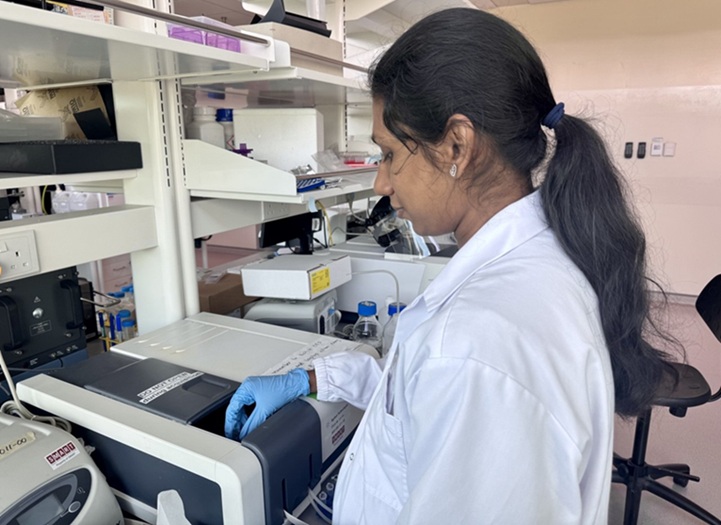
Novel UV and Machine Learning-Aided Method Detects Microbial Contamination in Cell Cultures
Cell therapy holds great potential in treating diseases such as cancers, inflammatory conditions, and chronic degenerative disorders by manipulating or replacing cells to restore function or combat disease.... Read more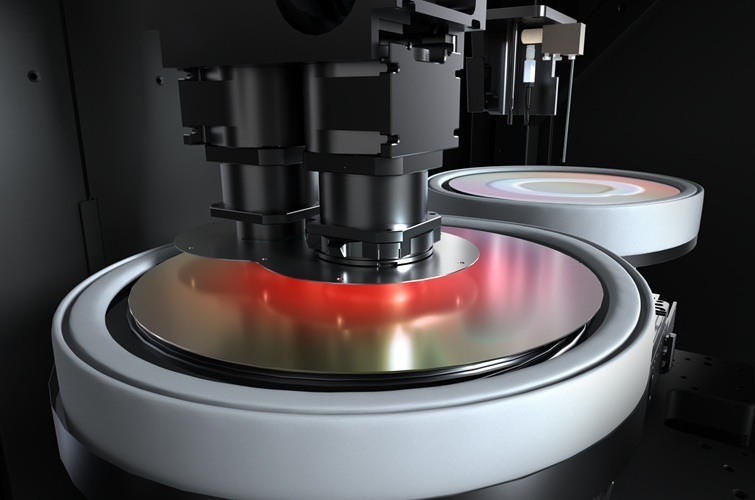
New Error-Corrected Method to Help Detect Cancer from Blood Samples Alone
"Liquid biopsy" technology, which relies on blood tests for early cancer detection and monitoring cancer burden in patients, has the potential to transform cancer care. However, detecting the mutational... Read more
"Metal Detector" Algorithm Hunts Down Vulnerable Tumors
Scientists have developed an algorithm capable of functioning as a "metal detector" to identify vulnerable tumors, marking a significant advancement in personalized cancer treatment. This breakthrough... Read more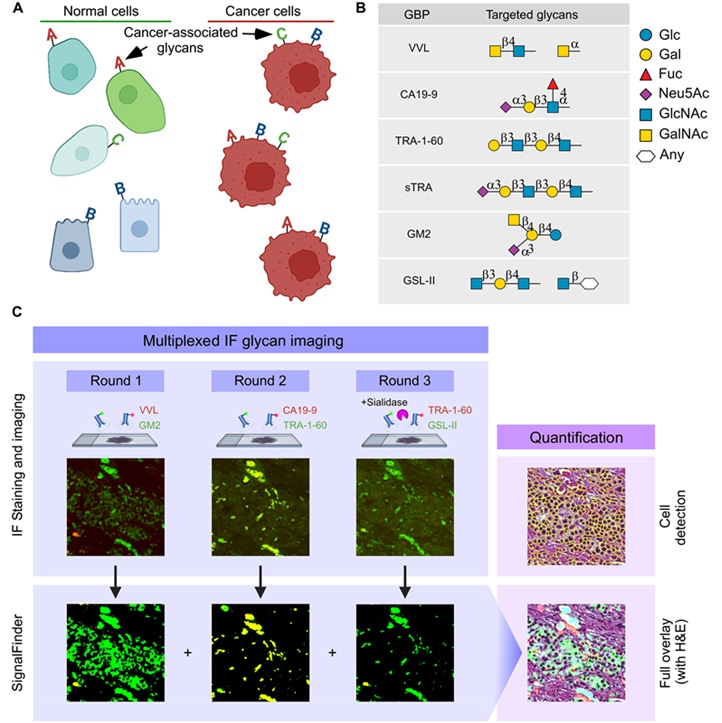
Novel Technique Uses ‘Sugar’ Signatures to Identify and Classify Pancreatic Cancer Cell Subtypes
Pancreatic cancer is often asymptomatic in its early stages, making it difficult to detect until it has progressed. Consequently, only 15% of pancreatic cancers are diagnosed early enough to allow for... Read moreTechnology
view channel
Disposable Microchip Technology Could Selectively Detect HIV in Whole Blood Samples
As of the end of 2023, approximately 40 million people globally were living with HIV, and around 630,000 individuals died from AIDS-related illnesses that same year. Despite a substantial decline in deaths... Read more
Pain-On-A-Chip Microfluidic Device Determines Types of Chronic Pain from Blood Samples
Chronic pain is a widespread condition that remains difficult to manage, and existing clinical methods for its treatment rely largely on self-reporting, which can be subjective and especially problematic... Read more
Innovative, Label-Free Ratiometric Fluorosensor Enables More Sensitive Viral RNA Detection
Viruses present a major global health risk, as demonstrated by recent pandemics, making early detection and identification essential for preventing new outbreaks. While traditional detection methods are... Read moreIndustry
view channel
Cepheid and Oxford Nanopore Technologies Partner on Advancing Automated Sequencing-Based Solutions
Cepheid (Sunnyvale, CA, USA), a leading molecular diagnostics company, and Oxford Nanopore Technologies (Oxford, UK), the company behind a new generation of sequencing-based molecular analysis technologies,... Read more
Grifols and Tecan’s IBL Collaborate on Advanced Biomarker Panels
Grifols (Barcelona, Spain), one of the world’s leading producers of plasma-derived medicines and innovative diagnostic solutions, is expanding its offer in clinical diagnostics through a strategic partnership... Read more




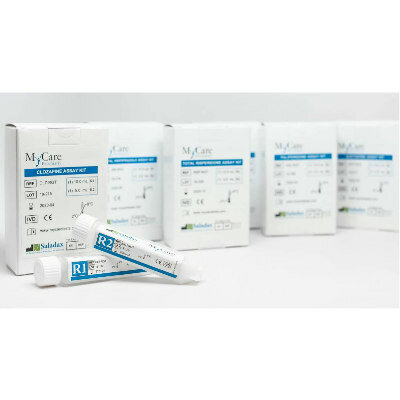


.jpg)

